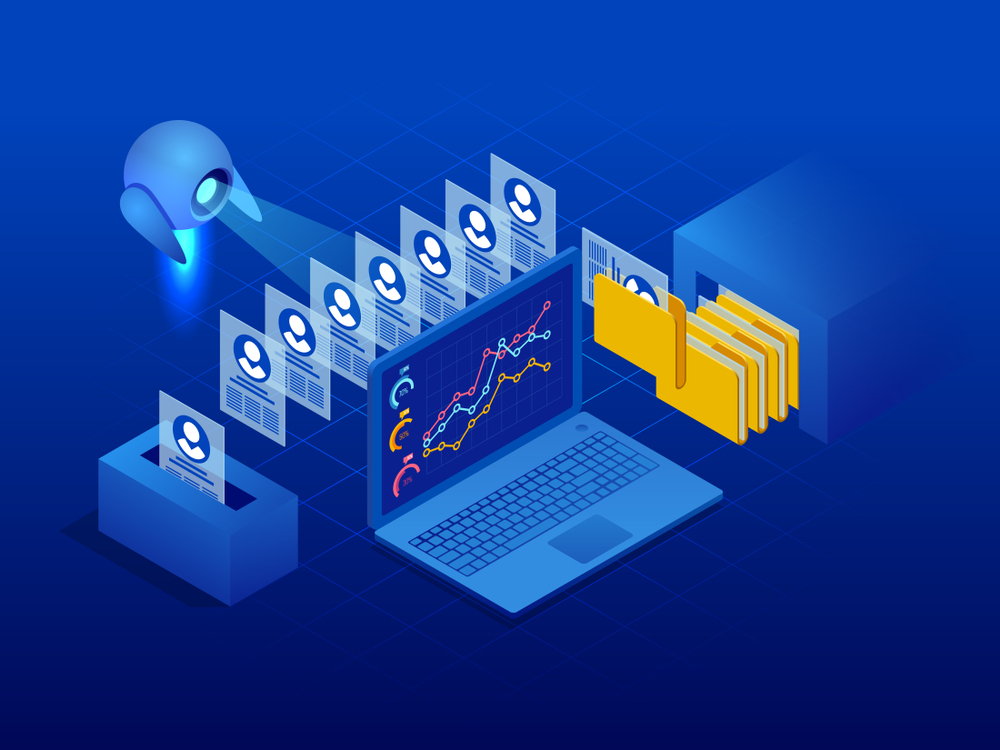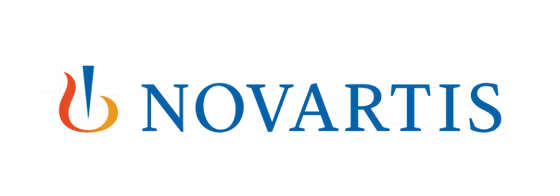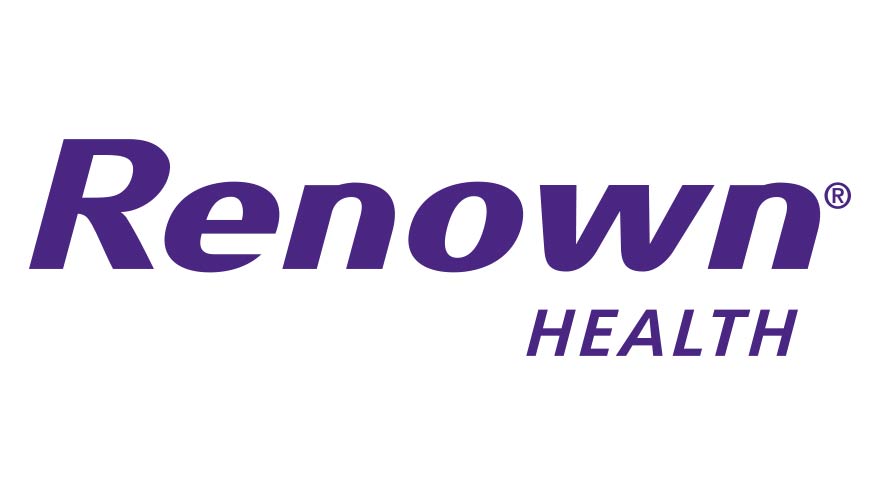
06 Aug 2022
The way we work, where we work, who we work with, why we work, and the technologies we use are all constantly changing as we head into 2022. Many of these adjustments began before the pandemic, were accelerated by it, and are now indelible workplace features. The HR sector has undergone numerous changes over the past few years.
In fact, working from home and the increased emphasis on diversity in organizations have altered how HR is run. The pandemic has altered the way we work, and while 2021 was a year of reinventing HR and establishing its new position, 2022 will be all about expanding the horizons of how HR can be valuable.
Thanks to all the lessons learned from the pandemic era, HR can play a crucial role in creating organizational innovation in the future. When we talk about Human Resources, is it always related to people management, right? Managing other people, to put it another way.
HR professionals have long handled processes manually, interacted with workers face-to-face, and saved important documents and company policies in paper files. The tedious work makes up a larger portion of the job than the intriguing human aspects. However, HR is not taught to gather and clean data and has more responsibilities than that.
For Years, Companies wanted to streamline processes with features like ATS, talent management, and performance management, so the technology wave began in the late 1990s. For HR professionals, these enablers made monotonous, routine tasks easier. However, with the coronavirus pandemic, things took a sharp turn, forcing people to flee their homes, forcing people to avoid one another, discouraging employees from doing their jobs in person, and advocating for long-term remote employee management.
And then For the first time ever, HR was been confronted with a challenge they had never encountered. The world looked to Human Resources to not only survive the pandemic's ravages but also to navigate the situation in the best way possible because of their chosen mode of operation. What specifically did HR choose, then, that enabled them to successfully turn adversity into opportunity?
Almost every business was compelled to adopt HR technology and employ remote software tools for personnel management. HR technology, whether used for hiring, onboarding, or conducting performance reviews, was what connected the physical gaps between workers and the intangible gaps between humans and machines.
When discussing upcoming technological trends, it is frequently about wishing for greater employee engagement through online forums and ensuring employee job satisfaction through pulse surveys. The 'New Normal' has created a gap between HR and technology, but new-age HR tech trends, evolving HR digitalization, and the HRMS platform, which is leading the way with strategic hiring, virtual communication, and online 1-on-1s, which ensure employee engagement and resilience, are helping to close that gap.
How AI in HR affects candidate and employee experience
AI as a technology has the potential to improve candidate and employee experiences. The areas listed below are where HR tech trends, such as the use of AI in HR, have been successful and will continue to be successful in the future:
1. Improved remote work
Online HR platforms are overcoming the social distance between employees while maintaining the physical social distance as a result of the demands of a remote workforce. The changes brought on by the pandemic have led to an increase in the use of remote yet accessible HR digitalization platforms that have a variety of tools for monitoring employees, such as talent management, attendance management, etc.
2. Inclusive and diverse hiring
There is less human bias in the hiring process with automated recruitment. This guarantees an inclusive hiring procedure that provides everyone with an equal opportunity and incorporates candidates from various backgrounds. This type of hiring, which embodies the "Future of Work," equalizes HR duties in the "New Normal."
3. Bridging generational gaps at the office
HR software provides millennials, Gen Z, and baby boomers with a common workplace communication channel that does not exclude workers based on their age. Since everyone is exposed to the same amount of information on everything HR, it encourages better and more unrestrained employee interaction.
4. Increased accountability and transparency
AI in HR ensures transparency throughout the performance management process with tools like 1-on-1 meetings and 360-degree feedback mechanisms that make performance evaluations more personable and subjective. This maintains a healthy level of employee-employer trust while protecting the privacy of each employee's data. Employees also feel more appreciated, motivated, and responsible for their individual contributions, and this results in a positive dent on the company’s ladder of success.
5. Promoting agile team development
The interaction and collaboration between cross-functional teams have increased as a result of a unified HR engagement software. The platform for common algorithmic engagement strengthens team-building initiatives and aims to achieve organizational agility in a seamless way during times of change. Artificial intelligence's crisis management capabilities in HR tech trends help organizations recover from momentary failure and give them a long-term resilience plan.
6. Aligning hiring practices with corporate culture
Clarifying the organizational culture, values, purpose, and goals is made simpler for HR professionals by an automated human resource management system. They can engage in efforts to attract talent that is in line with the vision and mission of their company by keeping this in the back of their minds. With HR digitalization and people analytics, this intricate process of looking for and hiring the right candidates for better employee engagement and retention is made simpler and more efficient.
7. Predicting the user's experience
There is a need for HR communications software to bridge the gap between coworkers who are nearby or far away. The foundation of ongoing HR technology system improvements is foreseeing the needs of its users in the workplace of the future. A human resource software that is updated frequently allows for personalization and aims to give employees access to a wealth of information in the most straightforward way possible. In other words, a successful HR management system focuses on usability and responsiveness.
HR technology trends are currently evolving quickly and convergent globally, increasing the need for HR software to adapt to newer modes of functioning. Although there is a blurring of the lines between information technology and human resources, both must be considerate of the other's needs and worries. The creation of software that eliminates the possibility of human error puts an end to monotonous work and takes advantage of the originality, creativity, innovation, and customization of the human brain would be an effective, long-lasting global solution combining tech automation and human authenticity. Such software induces the employee experience by making tasks of the employer convenient.











Comments (0)